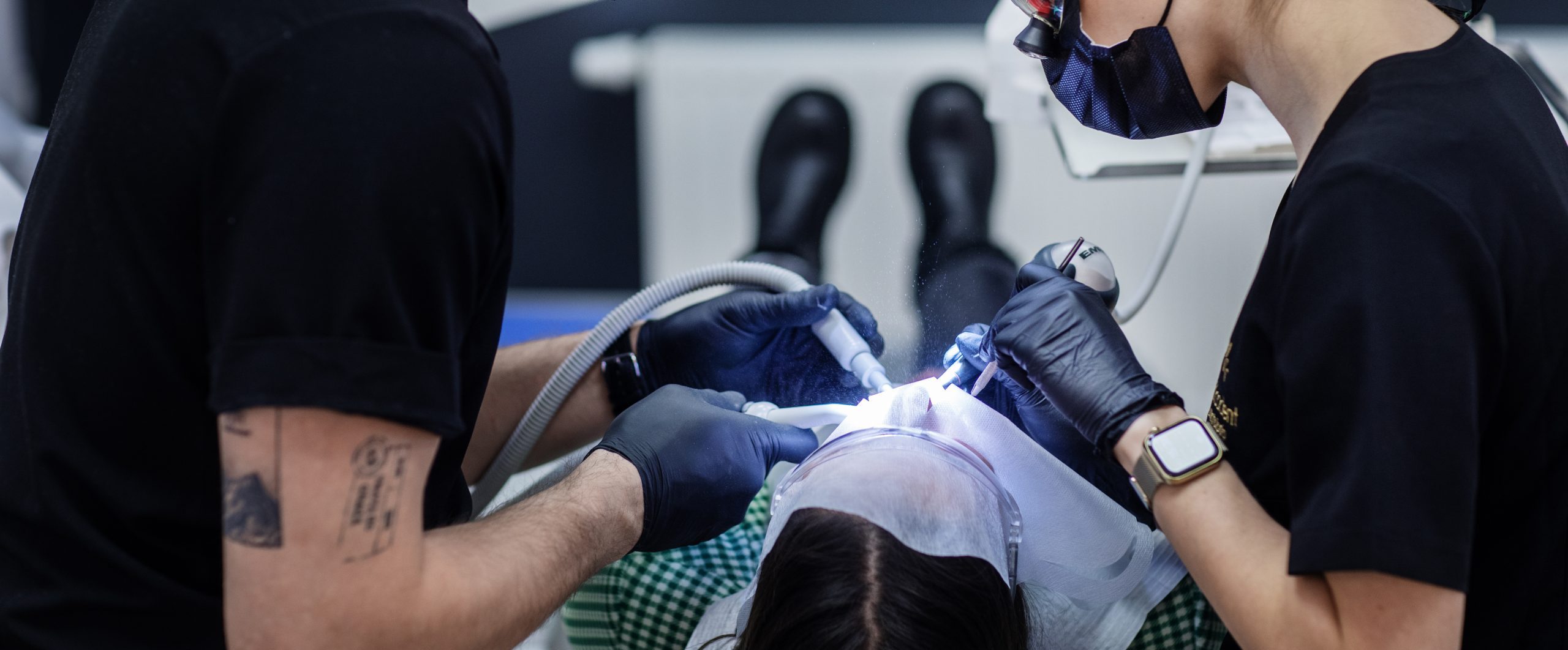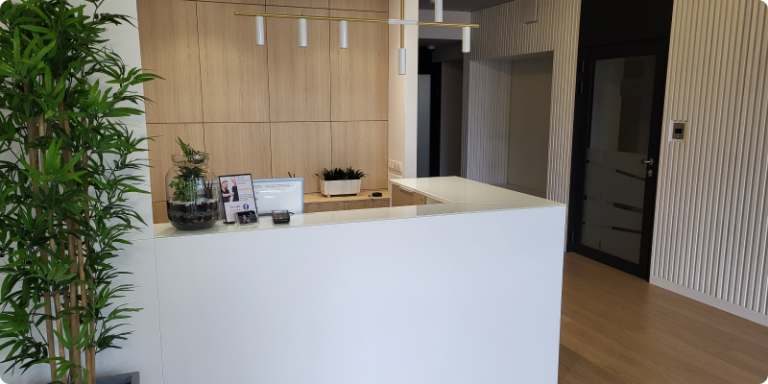Teeth should be taken good care of regardless of age, as we have them for a lifetime. Untreated tooth decay can lead to unpleasant health consequences. The same applies to gums, which serve as the foundation for the teeth and also require proper hygiene and care. Unfortunately, many people neglect this matter, which can lead to serious conditions.
Periodontal disease – who to contact with?
Periodontics is one of the popular branches of dentistry. Periodontists at Medicadent clinic specialize in diagnosing and treating gum diseases and other structures supporting teeth. The most commonly diagnosed gum disease is periodontitis, characterized by an infection attacking the gum tissues and causing inflammation. Symptoms include pain, swelling, and often bleeding gums. It is crucial to promptly consult a periodontist to combat the infection.
Contrary to popular belief, gum problems can affect anyone, which is why regular visits to both a dental and periodontal clinic are necessary.
Treatment methods for gum diseases offered at Medicadent clinic include:
- Scaling
- Curettage
- Stabilizing retainers
- Surgical procedures
What to expect during a periodontal visit? During a periodontal consultation, the periodontist evaluates the patient’s gum health. This process includes a patient interview, detailed clinical examination (including periodontal pocket measurements), and analysis of a panoramic X-ray. In some cases, additional laboratory tests such as blood tests, hormone levels, or glucose levels may be recommended to better understand the causes of any gum issues.
Based on the gathered information, treatment options and preventive measures for future gum problems are discussed.
What causes oral infections?
Oral infections usually stem from excessive accumulation of dental plaque, which over time turns into tartar (bacterial deposits). During brushing, patients may experience bleeding gums, the first sign of inflammation. Additionally, the gums may appear red and swollen. If left untreated, gingivitis can progress to involve the tissues surrounding the teeth. It’s important to remember that untreated oral infections increase the risk of systemic complications.



